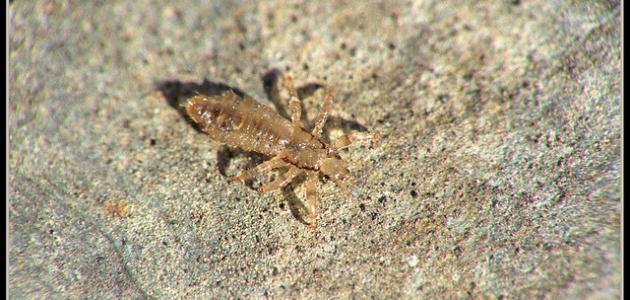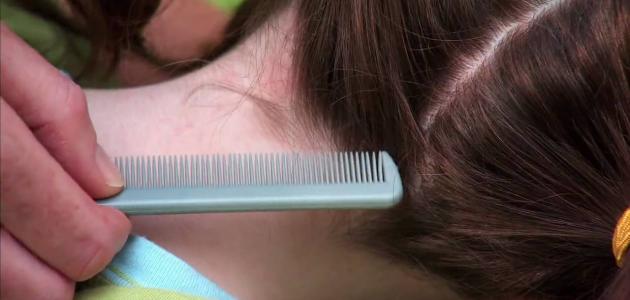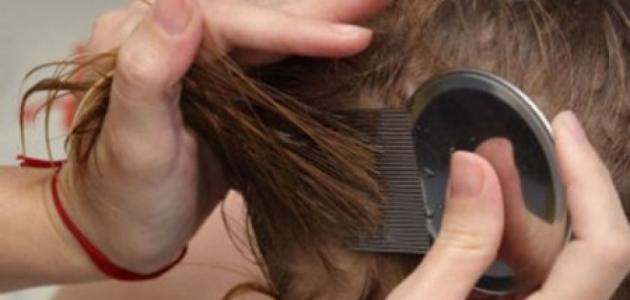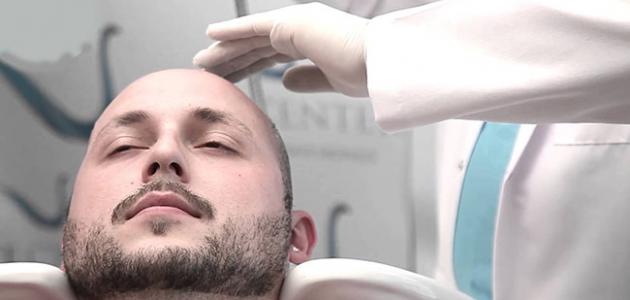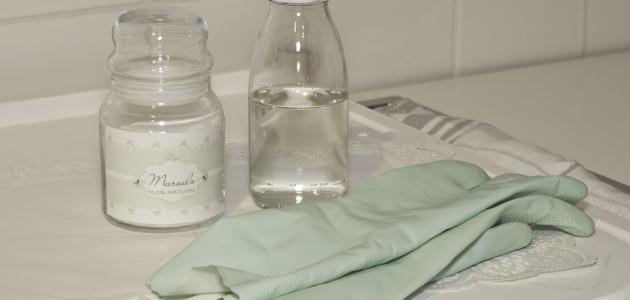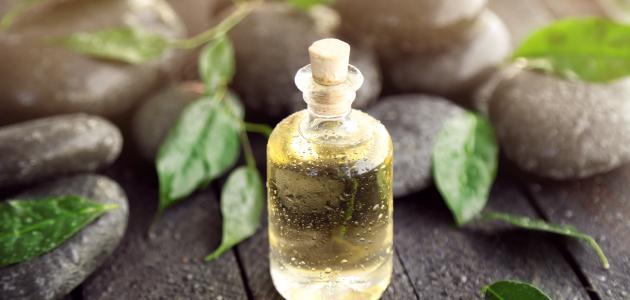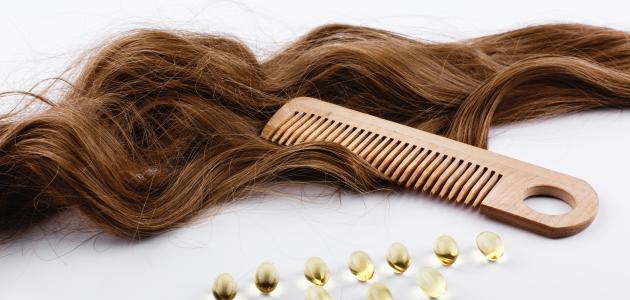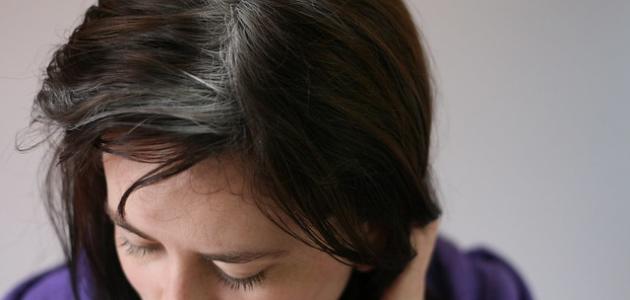lice
Lice are parasitic insects that may infect humans, and they usually attack the scalp, body, or pubis, and head lice infection (scientific name: Pediculosis capitis) is the most common, and although these insects do not transmit diseases, they are contagious, and feed on Human blood causing itching.
The reasons for the presence of lice
The louse insect prefers to live in places that are not exposed to water, so the hair that is exposed to water, as well as the body that is washed daily with water, is less likely to be infected with lice. Don't take a shower. Lice prefer to move from the body through dirty clothes in which dirt and unpleasant odors abound, as they are vulnerable to lice crawling in them. From this standpoint, lice infection usually increases in dirty or overpopulated environments and neighborhoods that do not receive good services. There are several reasons that help the appearance of lice in the hair, the most important of which are:
- Contact directly: Lice and lice eggs are transmitted through direct contact between the body of an infected person and another, and this may occur at the time of children playing with each other, or through the close interaction of family members with each other.
- Approaching stored clothes: The process of storing luggage, especially without cleaning it inside lockers or warehouses, and placing clothes next to each other on clothes hangers in schools is one of the things that lead to the spread of lice among them, in addition to storing personal items such as pillows, combs, blankets, and children’s stuffed toys, all This contributes to the transmission of lice.
- Use of contaminated furniture: Lying on contaminated furniture, and furniture covered with the clothes of a person infected with lice, is one of the things that help the spread of lice, so caution must be taken; Because lice have the ability to live for a period ranging from one to two days while it is outside the human body.
- Sharing personal items: For example: sharing combs, hair tinsel, clothes, towels, blankets, hats, headphones; So that it acts as a vector for lice, as it is transmitted indirectly, so it is advised not to use personal items among family members, or among friends.
Types of lice
- Head lice: Head lice are parasites that cannot live without a human host. This type of lice lives on the scalp, usually on the scalp, especially in the back of the neck and around the ears. This is because it is the warmest areas, and it is worth noting that these species feed on human blood only, so it is impossible to catch this infection from cats, dogs, or any other type of pet, in addition to that they do not have wings, and therefore they cannot fly, but stick It has hairs through its six clawed feet.
- Body lice: Body lice differ from head lice, in that body lice can lay eggs on clothes and live on them, as they move to the body to feed only, and it is the only type of lice that can transmit diseases, and among the diseases that it can transmit are the following:
- Trench fever.
- Louse-borne typhus.
- Relapsing fever.
- Pubic lice: Pubic lice are among the smallest types of lice, and they are also called crabs. Under the binoculars, this species resembles a crab with large front legs that help it cling to pubic hair, causing itching, and it is transmitted from person to person during sexual contact.
Head lice life cycle
Head lice go through several stages during their life, which are:
Read also:Getting rid of the crust with lemon- Lice eggs: The shape of head lice eggs, or also known as nits, is oval, and their color tends to be yellowish-white, and their size is small, close to the size of a thread knot, and they grow on the scalp, and they need body heat for hatching in a period of 6-9 days.
- Nymphs: The eggs hatch to release the nymphs, and the eggshell remains stuck to the hair. Its size is the size of a pen tip, and its color is yellow tending to rust. It grows into a mature louse within seven days.
- Mature lice: Lice can live for up to 30 days on the head, and die if they stay away from the scalp for a day or two. Their size is the size of a pen tip, and it resembles the shape of a grain of rice, and its color is like rust.
Symptoms of lice infestation
There are many symptoms associated with lice infestation, including:
- Itching, where itching is one of the most common symptoms, occurs as a result of lice bites that cause allergies, although sometimes the affected person may not feel itching until at least six weeks have passed.
- Difficulty sleeping, the infected person feels tickling in the head due to the movement of lice in the hair.
- The appearance of sores, itching leads to the appearance of scratches and sores on the scalp.
- The appearance of red spots on the affected head.
- The appearance of lice eggs or small objects in the hair.
